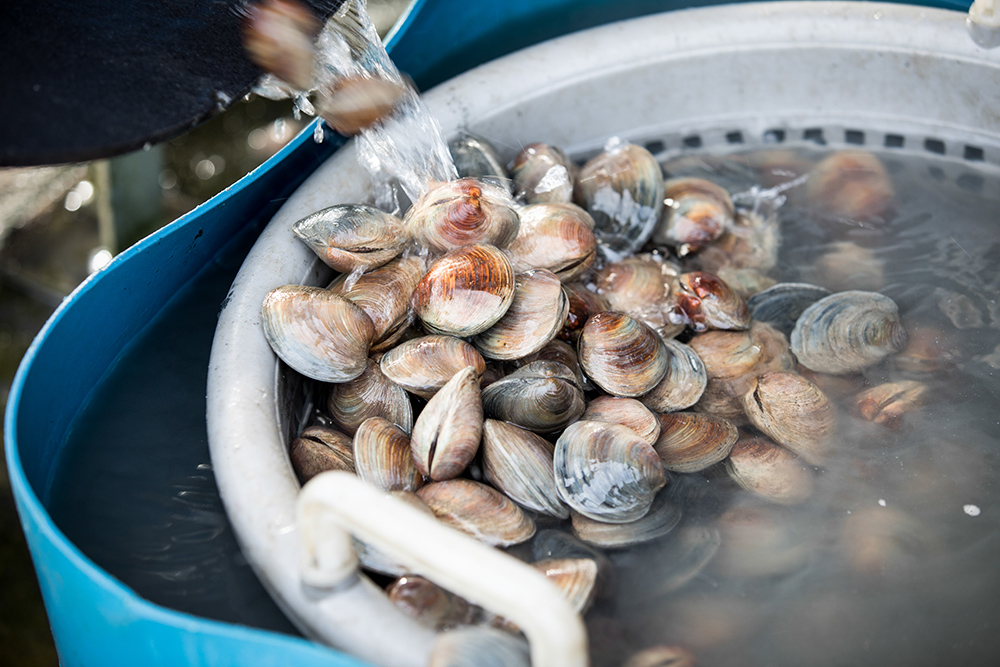One of the most common questions asked county extension agents is how to grow healthy turf grass under trees. It can be frustrating when you plant over and over and watch the turf get thinner and thinner as the tree canopy thickens.
Perhaps the best solution to the problem is to stop trying so hard. Accept the fact that turf grasses and trees just don't mix.
Trees don't just compete with turf for valuable nutrients and water. Mature trees with large canopies also cast too much shade on our sun-loving grasses.
This usually isn't a problem when the trees are young. But as they grow and the shade gets more dense, the turf begins to suffer.
Your best bet
Seeding or sodding turf grasses in heavily shaded areas may prove to be a waste of time, energy and money. Your best bet may be to avoid the disappointment by planting an alternative.
One popular choice is dwarf mondo grass. It grows 2 inches tall, never needs mowing, thrives in shade and is green year-round.
Most garden centers sell dwarf mondo grass in 4-inch pots. However, if you have a large area to plant, bare-root divisions may be the most economical.
Your local nurseryman can order these from wholesale suppliers in Georgia. If you're really frugal and observant, you may find a friend who is willing to share a few clumps of dwarf mondo grass from his landscape.
Taller mondo
Another good choice for shaded areas is regular mondo grass. It grows 6 to 8 inches high and has a fine, grass-like texture. Like its dwarf cousin, it stays green all year and requires very little care once established. Plant mondo grass 12 to 18 inches apart and dwarf mondo grass 6 to 10 inches apart.
Liriope is another great choice for shaded areas under trees. It has coarser foliage than mondo grass and grows 8 to 12 inches tall. There are two types on the market.
Liriope muscari, the clumping form, spreads outward from the parent clump. Liriope spicata, a spreading form, moves by rhizomes (underground creeping stems) and seeds. The spicata is more aggressive. But it may be invasive, too, and harder to confine to a bed.
More choices
Another great choice for shaded areas is Asiatic jasmine. Once established, it sends out runners that creep along the ground and form a dense, evergreen mat that's easily edged and kept confined to a desired shape.
It has small, evergreen leaves, one-fourth to three-fourths of an inch long. The flowers aren't particularly showy. But the shiny, pest-free foliage is worth the investment.
A popular newcomer to the ground cover market is Creeping Raspberry. It creeps along the ground and forms a dense, evergreen mat in sun or shade. It doesn't bear edible fruit. But it's a reliable plant sure to tolerate the competition and shade of trees.
When you plant ground covers under trees, remember that 80 percent of the tree's system is in the top 12 inches of soil. So avoid disturbing tree roots by tilling the soil. Instead, carefully dig individual holes for the ground covers to minimize the root damage to the trees.






